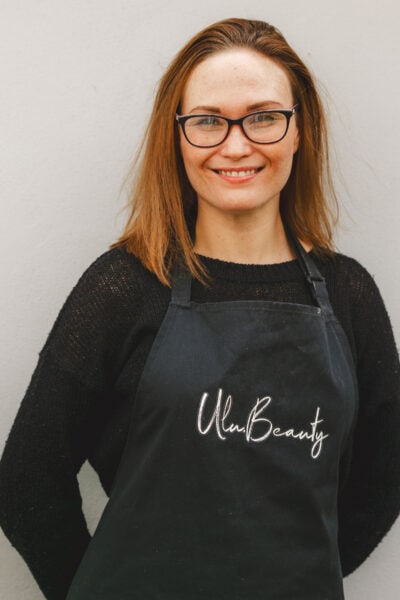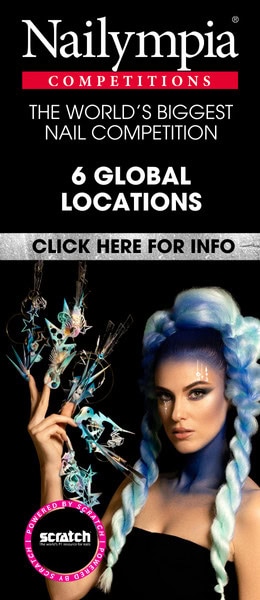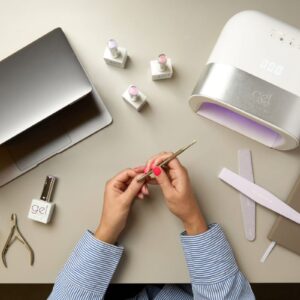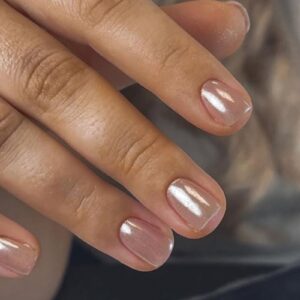
5 areas to consider to make your nail & beauty business more inclusive
By Guest Writer | 13 March 2024 | Expert Advice, Feature, Health & wellbeing

Fiona Fox, owner of Dorset salon, Ulu Beauty, provides training to beauty pros on areas including mental health awareness, safeguarding, equality and diversity.
It’s important to champion inclusivity, because everybody should feel able to enjoy nail and beauty services. Inclusion is about making sure anyone who wants a treatment can access it, without fear of judgement, shame or exclusion.
Here are areas to note to promote inclusion in your business…
1. Awareness
Our ability to be inclusive is limited by our knowledge of the people we need to include. Seek out and soak up as much information as you can about communities you don’t know much about, from those who suffer with mental health issues to the LGBTQ+ community and neurodiverse people. The more you know, the more steps you can take to be inclusive.
2. Appointment preparation
Before their first appointment, I send new clients detailed directions to my salon and information on what they’ll see when they arrive, to minimise anxiety. I ask them open questions, like ‘is there anything we need to know to make your treatment more comfortable?’, and let them know that they’re welcome to bring headphones or choose to have a quiet appointment. I use my ‘Chat-O-Meter’ to ask clients how chatty they’re feeling, which is available to download for free on my website.
I also always explain how I’m going to touch a client before a treatment begins, demonstrating on myself so that they know what to expect.
3. Marketing
Make it clear that your business is open to all by advertising this. Use gender-fluid language, such as ‘friends’, ‘folks’, ‘people’ or ‘everyone’, as this removes assumption and respects the identities of all you’re talking to. Also be mindful of the fonts you use – they don’t have to be boring: instead, ensure they are clear to read, as some intricate texts can be intimidating for people who process text differently.
4. Salon design
I keep my salon décor minimalist, so that it’s not overwhelming for clients who are easily overstimulated. I have a range of lighting and sound options available, to accommodate these clients, and avoid strong-smelling room sprays and cleaning products. Harsh lighting, sounds and smells can be overwhelming for hypersensitive clients and result in sensory avoidance.
5. Sound
When somebody who’s hypersensitive experiences overwhelming feelings as a result of too many layers of noise, their ‘fight, flight or freeze’ instincts may kick in. This could look like avoidance (leaving the source of the noise), a panic attack, withdrawing or shutting down, an angry outburst, or another reaction which needs to be de-escalated, but could be avoided with planning.
I set clients’ expectations of what they might hear – such as the fact that my E-file sounds like a dentist’s drill and the air con sounds like a helicopter landing. Questions like ‘how’s it sounding?‘ will encourage clients to open up.

Read the latest issue









